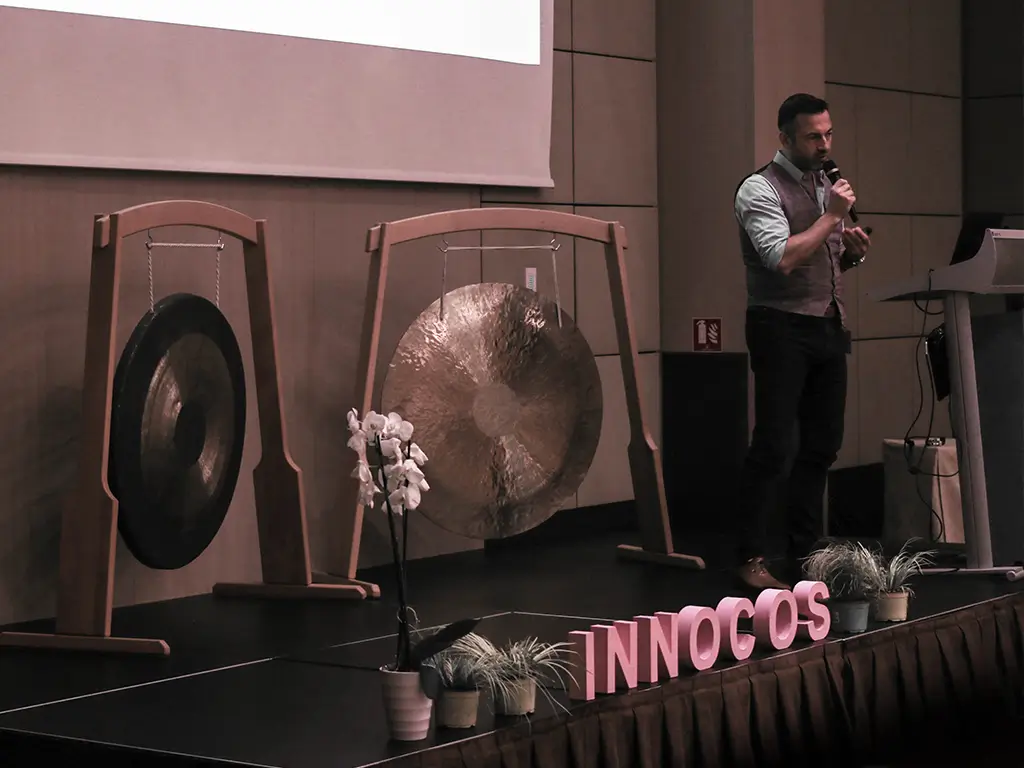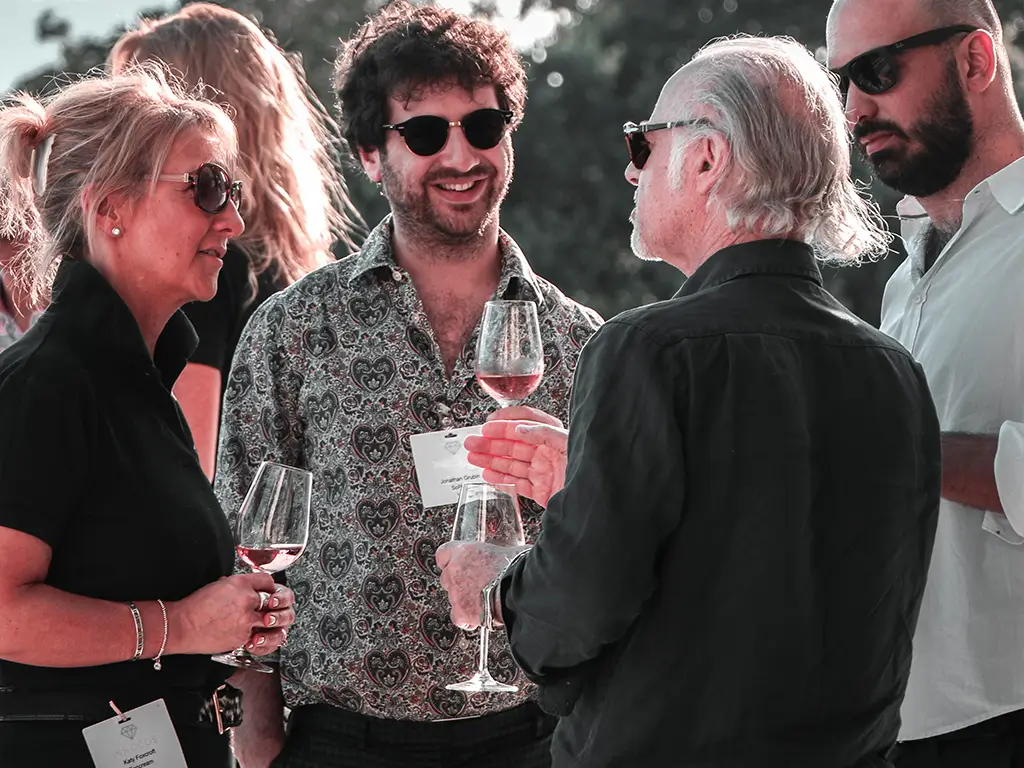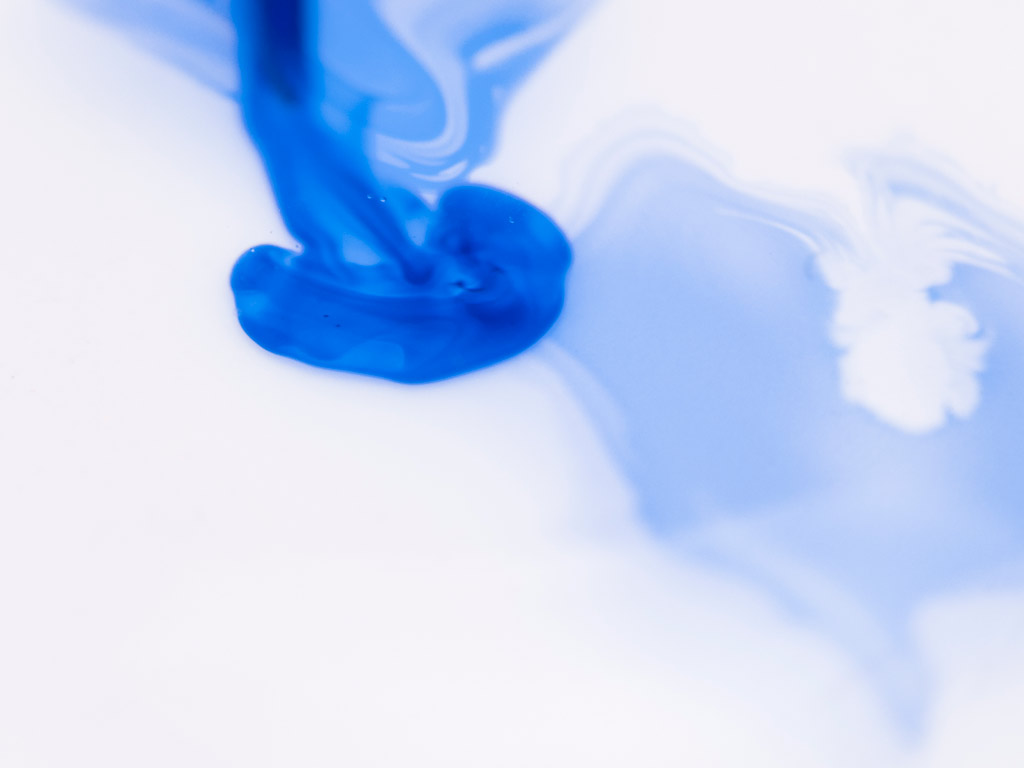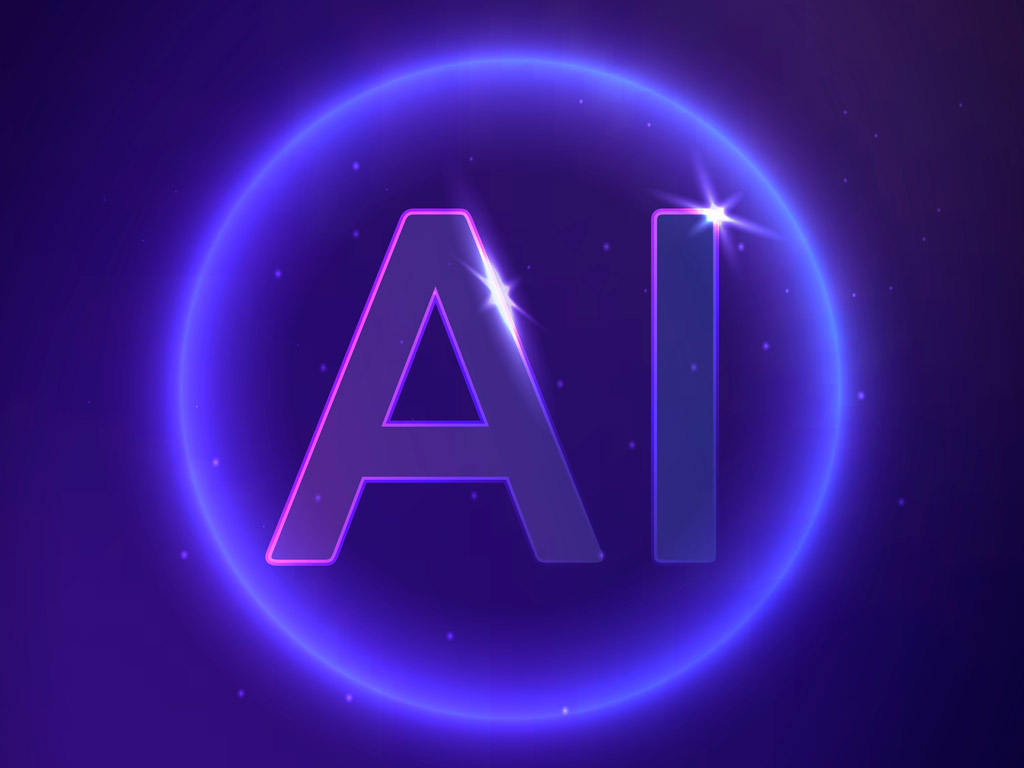In the discerning world of luxury, merely offering premium products is no longer enough. Today, the most coveted luxury wellness brands understand that true indulgence lies in unforgettable experiences.
In 2025, these brands are significantly investing in experiential events, recognizing their unparalleled power to forge deeper connections, cultivate loyalty, and showcase a holistic brand philosophy.
The Rise of Experiential Marketing in Luxury Wellness
Experiential marketing allows luxury wellness brands to create immersive journeys that resonate deeply with their affluent clientele.
What Defines a Luxury Wellness Experience?
- It transcends a simple product purchase, offering a holistic journey that touches on emotional, mental, and spiritual well-being.
- Key elements include:
- Exclusivity and personalization: Tailored programs, private consultations, and bespoke services.
- Opulent environments: Serene settings, exquisite design, and attention to every sensory detail.
- Integration of ancient and modern practices: Blending traditional healing with cutting-edge science.
- Exceptional service: Personalized attention from highly skilled practitioners.
- Transformative outcomes: Focusing on profound rejuvenation, self-discovery, and lasting well-being.
Case Studies from INNOCOS 2025:
- INNOCOS 2025 showcases leading luxury wellness brands that have successfully launched impactful experiential campaigns.
- Attendees will learn from examples like high-end skincare brands hosting exclusive “skin health retreats” that combine personalized treatments with nutritional guidance and mindfulness workshops.
- Another highlight might be a luxury supplement brand creating immersive “bio-hacking sanctuaries” where guests experience personalized wellness protocols under expert guidance.
Key Elements of a Successful 2025 Event Strategy
Crafting an effective experiential event strategy requires a meticulous approach that blends creativity with measurable objectives.
Curating Immersive Brand Activations:
- Events should be more than just showcases; they must be true “activations” where guests actively participate and engage with the brand’s philosophy.
- This involves designing multi-sensory environments that evoke specific emotions and reinforce brand values through sight, sound, scent, touch, and even taste.
- Activations might include interactive workshops, guided meditations, bespoke treatment demonstrations, or healthy culinary experiences.
Integrating Tech & Wellness for Deeper Engagement:
- Technology is a powerful enabler for enhancing immersive experiences.
- This could involve using biometric tracking to personalize wellness journeys, AI-driven recommendations for product trials, or even interactive digital art installations that respond to a guest’s presence.
- The goal is to use technology to deepen engagement and provide personalized insights, not to replace human connection.
Read more: Longevity Meets Wellness

Top Experiential Trends Shaping Luxury Wellness
The future of luxury wellness events is shaped by cutting-edge trends pushing the boundaries of immersive engagement.
Multi-Sensory Installations:
- Creating environments that engage all five senses for a truly memorable experience.
- Examples include:
- Curated soundscapes (e.g., bioacoustic frequencies for relaxation).
- Subtle, signature scents diffused throughout the space (e.g., specific essential oils for mood elevation).
- Dynamic lighting design that shifts to create different moods.
- Tactile elements like plush fabrics, natural stone, or water features.
- Gourmet healthy bites and elixirs that align with the wellness theme.
- Research shows that engaging multiple senses increases brand impact significantly.
Personalized VR & AR Mind-Body Journeys:
- Leveraging Virtual Reality (VR) and Augmented Reality (AR) to create bespoke relaxation, meditation, or even fitness experiences.
- Guests might embark on a VR journey through a serene natural landscape, guided by a personalized meditation coach.
- AR could overlay digital information or visualizations onto real-world wellness activities, like guided yoga sequences with subtle anatomical insights.
- These technologies offer highly individualized and deeply immersive experiences, catering to the luxury consumer’s desire for unique and effective solutions.
Read more: Inside the Biohacking Beauty Movement
People Also Asked
What is experiential marketing for wellness brands?
Experiential marketing for wellness brands involves creating immersive, interactive, and memorable live events or pop-ups that allow consumers to directly engage with the brand’s philosophy, products, and services, fostering deeper emotional connections.
How do luxury brands measure ROI on live events?
Luxury brands measure ROI on live events through a combination of metrics, including:
- Brand awareness & sentiment: Social media mentions, media coverage, post-event surveys.
- Customer engagement: Attendance rates, interaction levels during activations, lead generation.
- Sales & conversion: Direct sales at the event, increased online traffic post-event, conversion rates of leads.
- Customer lifetime value: Tracking repeat business and loyalty generated from event attendees.
- Media value: Estimating the equivalent cost of earned media coverage.
What should a 2025 wellness event include?
A 2025 wellness event should include immersive brand activations, personalized experiences (e.g., through tech or bespoke consultations), multi-sensory engagement, expert-led workshops, opportunities for genuine connection, and a clear alignment with the brand’s core values.
How can technology elevate live wellness experiences?
Technology can elevate live wellness experiences through AI-powered diagnostics for personalized recommendations, AR/VR for immersive “mind-body journeys” and virtual try-ons, wearable tech for real-time biometric feedback, and interactive digital installations for enhanced engagement.




